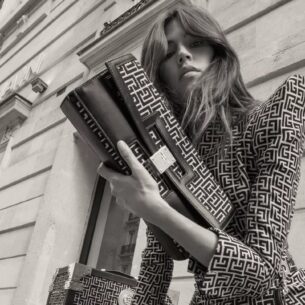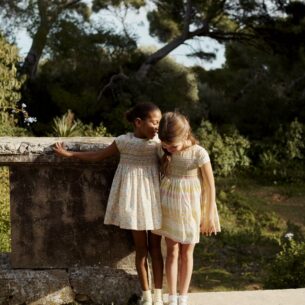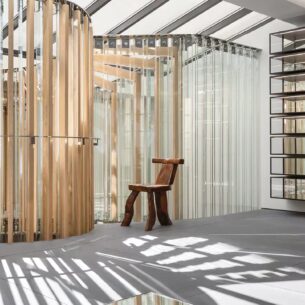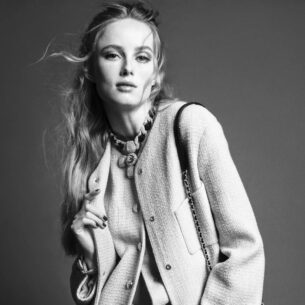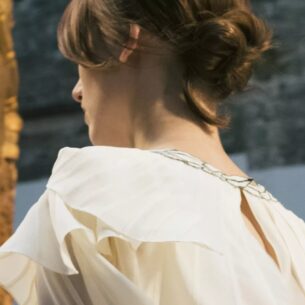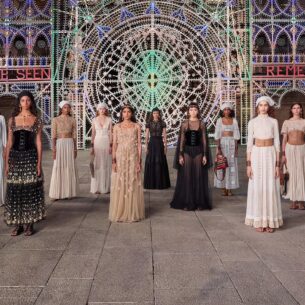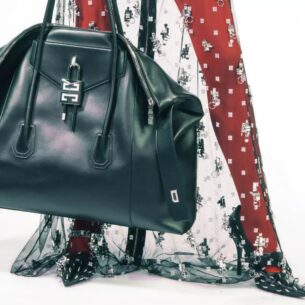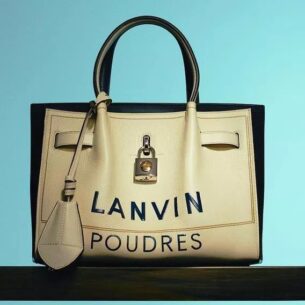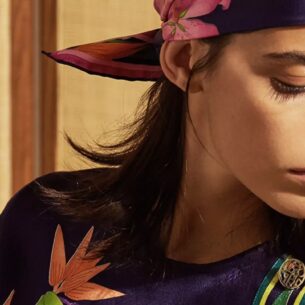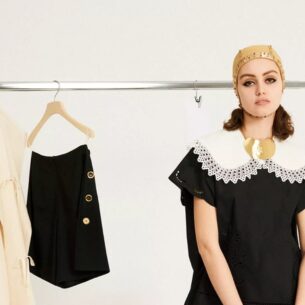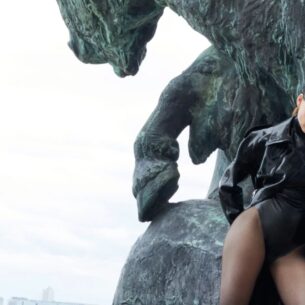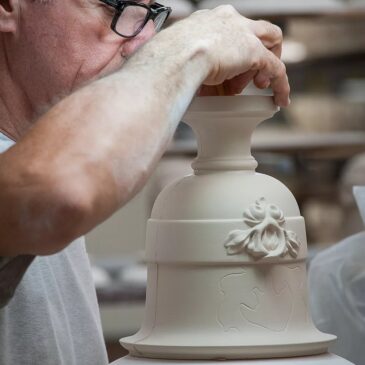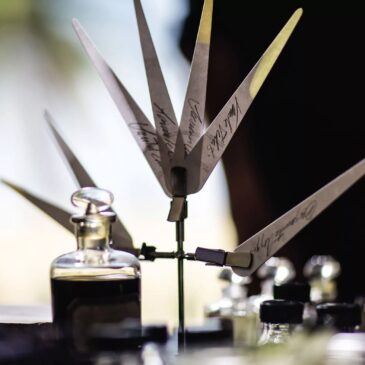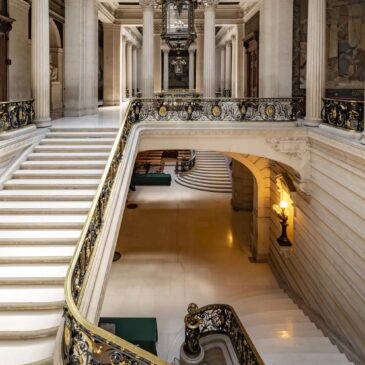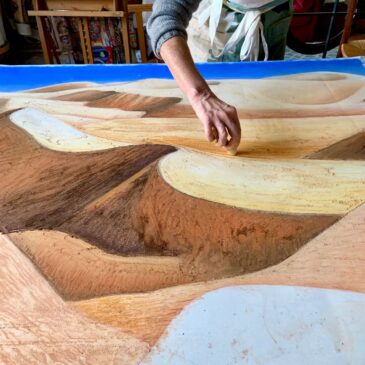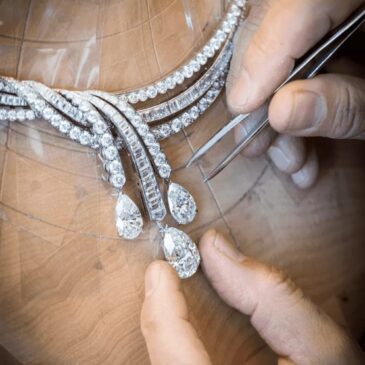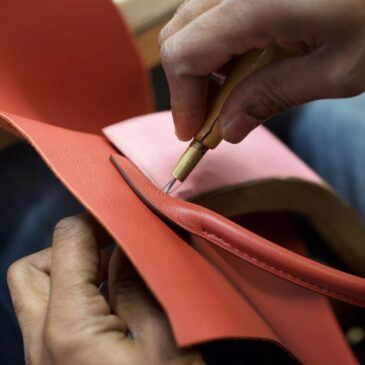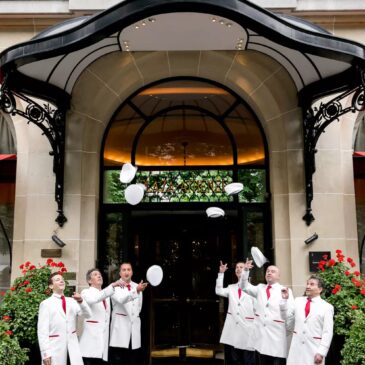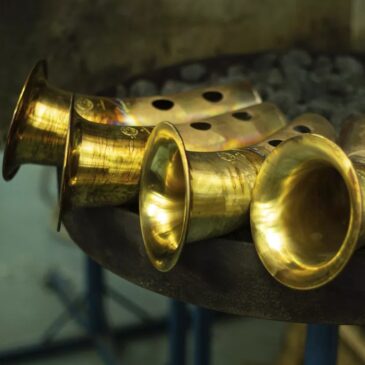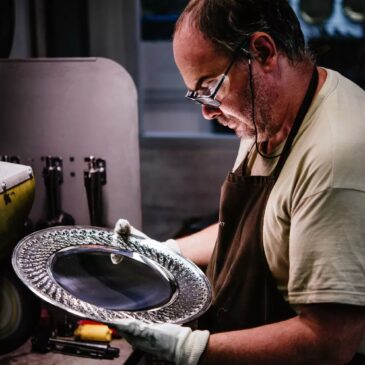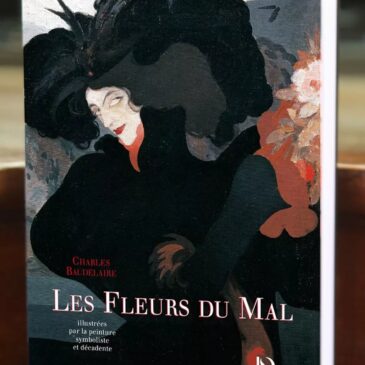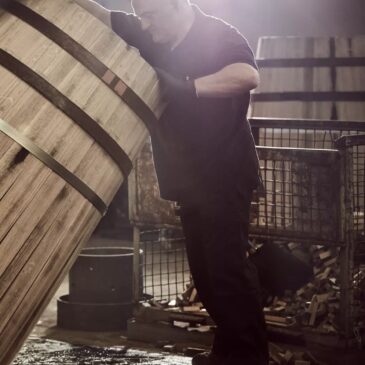Fashion
“Fashion is to France what the gold mines of Peru are to Spain.” This declaration by Jean-Baptiste Colbert, Louis XIV’s Minister of Finance, sums up the renown of French fashion.
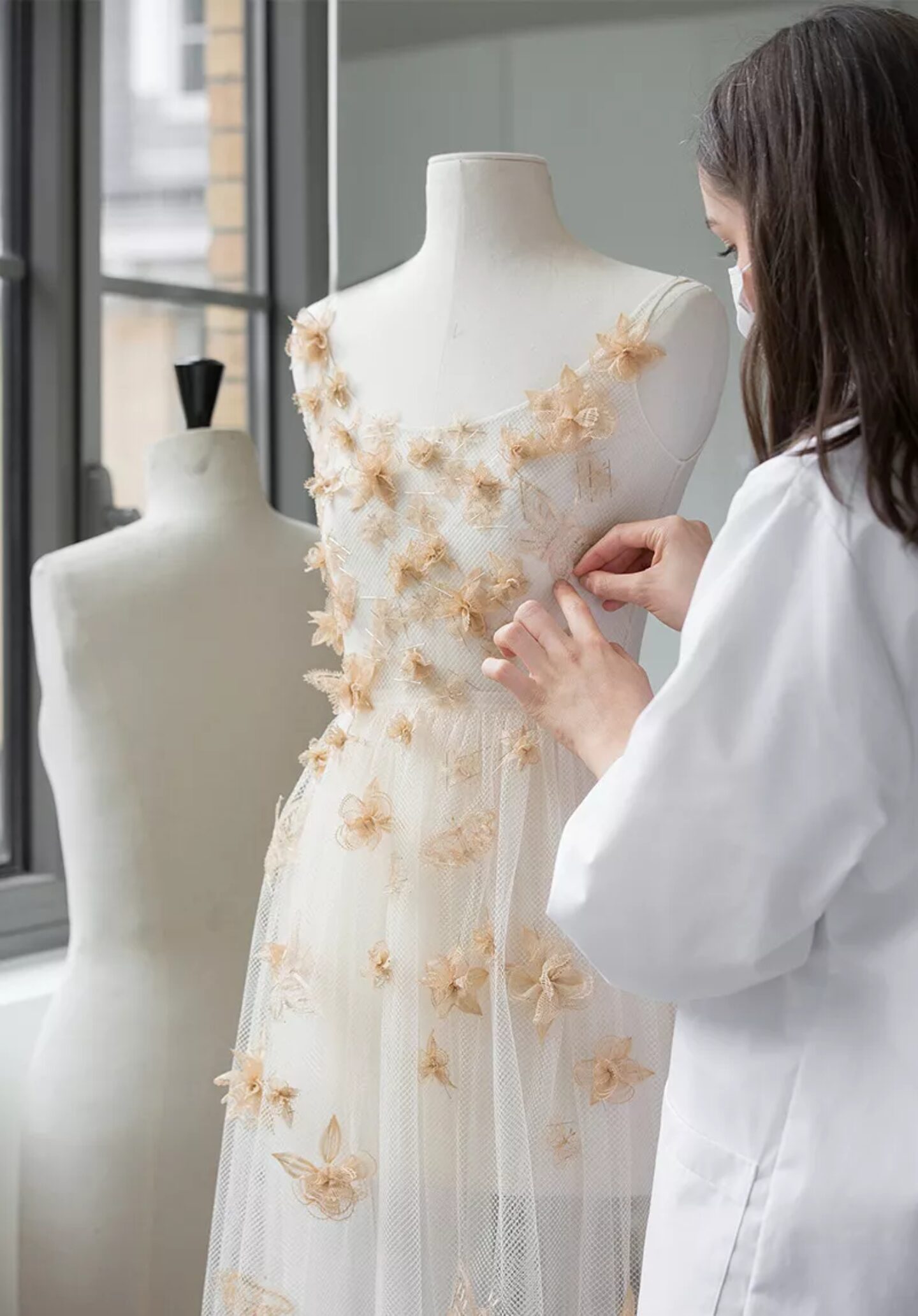
Rose Bertin, Minister of Fashion
While France became the arbitrator of fashion and luxury under the reign of Louis XIV, it is a woman, Rose Bertin, that historians consider to be the first leading figure in French couture. It was 1770 and Louis XVI was on the throne. Rose opened her boutique on rue du Faubourg-Saint-Honoré and dressed Queen Marie-Antoinette, who immediately appointed her Minister of Fashion. While Britain had already established itself as the heartland of male fashion, feminine elegance was most definitely French. The end of the 18th century marked the arrival of the fashion magazine, with Le Cabinet des modes followed by Le Journal des dames et des modes.
Birth of fashion shows
After Marie-Antoinette, it was Empress Eugenie who, during the Second Empire, gave global fashion its impetus. By choosing Charles Frederick Worth as couturier, she helped Parisian haute couture to blossom. It is to this Frenchman with British origins that we owe the concept of the “maison de couture”, or fashion house. He created his own in 1858 on rue de la Paix. He was also behind the first fashion show with live models and the concept of seasonal collections and thus the seasonal cycle. In 1868, he created the Chambre syndicale de la confection et de la couture pour dames et fillettes (now known as the Chambre syndicale de la couture parisienne) to stop couture designs being copied. It was also around this time that Parisian department stores appeared, helping the textile industry to grow significantly.
Paris: fashion capital of the world
With the prestigious 1900 World Expo, Paris definitively became the fashion capital of the world. At the time, there were around twenty couture houses. The roaring twenties marked their high point with Chanel, Lanvin, Lucien Lelong, and Jean Patou. The 1930s saw the emergence of Balenciaga, Nina Ricci and Madame Grès. In the early 1960s, in the wake of Christian Dior, young fashion designers Yves Saint Laurent, Pierre Cardin, André Courrèges, and Emanuel Ungaro created their own Parisian houses. Despite the internationalisation of fashion, Paris kept its role as leader.

